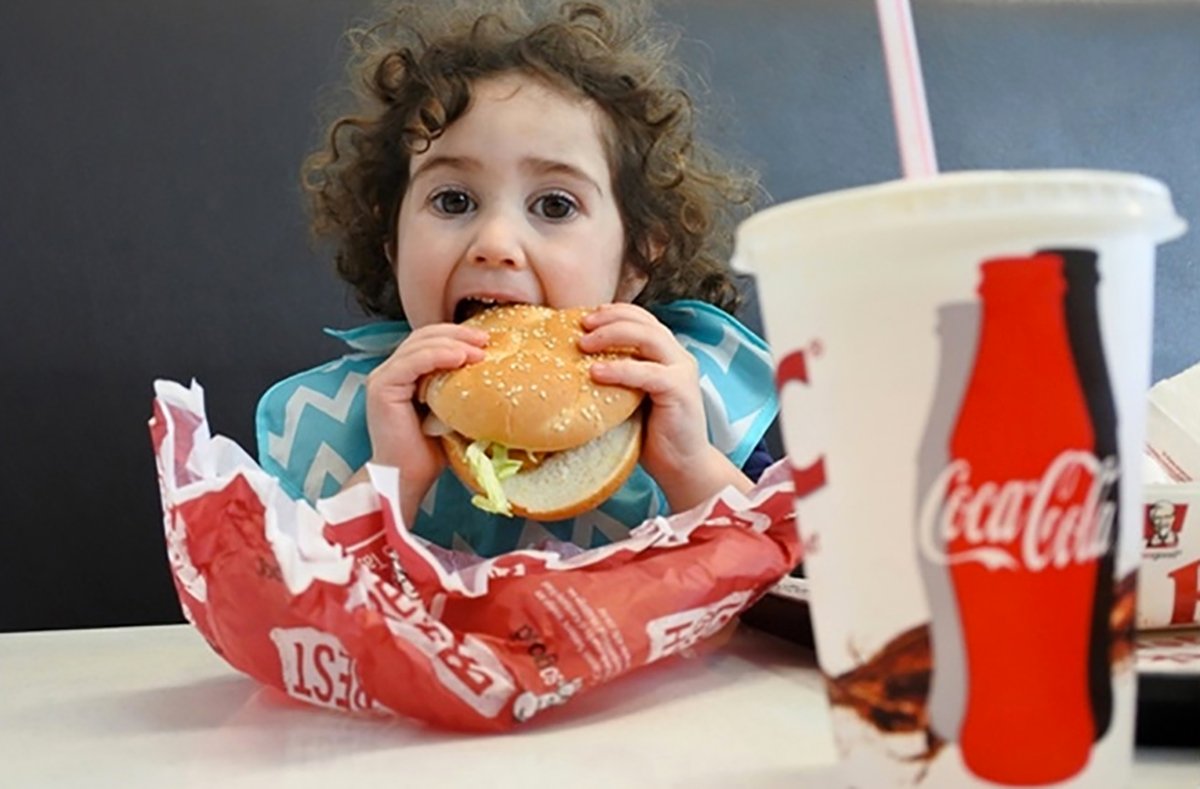In today’s digital world, children are constantly surrounded by advertisements—on TV, social media, mobile apps, and websites. Among these, junk food ads are some of the most common and influential. Research shows that even a short exposure—just five minutes—to these advertisements can significantly affect children’s food preferences and lead to increased calorie consumption. This seemingly brief moment of exposure can have a lasting impact on children’s eating habits and overall health.
The Psychology Behind Advertising and Children
Children are naturally impressionable. Their brains are still developing, and they do not yet have the critical thinking skills to understand the persuasive intent behind advertising. When they see colorful, entertaining, and catchy ads for sugary snacks, fast food, or fizzy drinks, they absorb the message without much questioning. Many of these ads use characters, jingles, or celebrities that children recognize and trust. As a result, children are more likely to associate these unhealthy foods with fun, happiness, and reward.
Moreover, junk food ads often present products in a way that creates an emotional connection. The foods are rarely shown in a neutral setting. Instead, they are tied to parties, fun times with friends, cartoons, and other positive experiences. This clever marketing makes children crave these foods not just for their taste, but for the joy and excitement they appear to bring.
The Immediate Effects: Increased Consumption
What’s most alarming is how quickly these ads can influence behavior. Studies have shown that children who are exposed to even just five minutes of junk food commercials are more likely to eat more afterward—and not just of the advertised products. The exposure triggers a general increase in appetite, particularly for high-sugar, high-fat foods.
This phenomenon occurs because the ads activate brain regions related to reward and cravings. As a result, children are not just influenced in their choices, but also in how much they eat. Without realizing it, they begin to eat more than they actually need, contributing to unhealthy weight gain and setting the stage for poor dietary habits later in life.
Long-Term Health Implications
Repeated exposure to junk food marketing during childhood can have serious long-term consequences. One of the most direct effects is an increased risk of childhood obesity, which is linked to a range of health problems including type 2 diabetes, heart disease, joint issues, and low self-esteem.
In addition to physical health, there are psychological effects. Children may start to form unhealthy relationships with food, using it as a reward or coping mechanism. This kind of emotional eating can follow them into adulthood, leading to ongoing struggles with weight and nutrition.
Digital Ads: A New Frontier
While television remains a major platform for food advertising, digital media has opened new avenues for marketers. Children playing games or watching videos on smartphones and tablets are often exposed to subtle and interactive junk food promotions. These can be even more persuasive than traditional TV commercials because they are embedded within the content, making them harder to detect and resist.
Social media influencers, who are trusted by young viewers, often promote sugary drinks or snacks without clearly labeling their posts as advertisements. Children may not recognize that these endorsements are paid, which makes the influence even more powerful.
What Can Be Done?
Parents, schools, and policymakers all have a role to play in protecting children from the harmful effects of junk food advertising.
- Parental Guidance: Parents can help by monitoring screen time, limiting exposure to channels with heavy food advertising, and teaching children how to recognize and question advertisements. Encouraging healthy eating habits at home can also counteract some of the advertising influence.
- Educational Programs: Schools can incorporate lessons about media literacy, helping children understand how ads work and why they should think critically about food choices.
- Government Regulations: Some countries have begun to place restrictions on junk food marketing to children. Banning such ads during children’s TV hours, regulating online marketing, and requiring clear labeling are some of the steps that can be taken.
- Support Healthy Alternatives: Promoting fruits, vegetables, and whole foods in fun and engaging ways can give kids healthier options that they’re excited about.
Conclusion
Though five minutes may seem like a short time, it’s more than enough for junk food advertisements to affect a child’s brain and behavior. The impact can be immediate and long-lasting, influencing not just what children eat, but how much. As parents, educators, and society as a whole, it’s crucial to be aware of the influence of marketing and to take action to ensure our children grow up healthy, informed, and capable of making smart food choices.
Do Follow Us On Instagram







